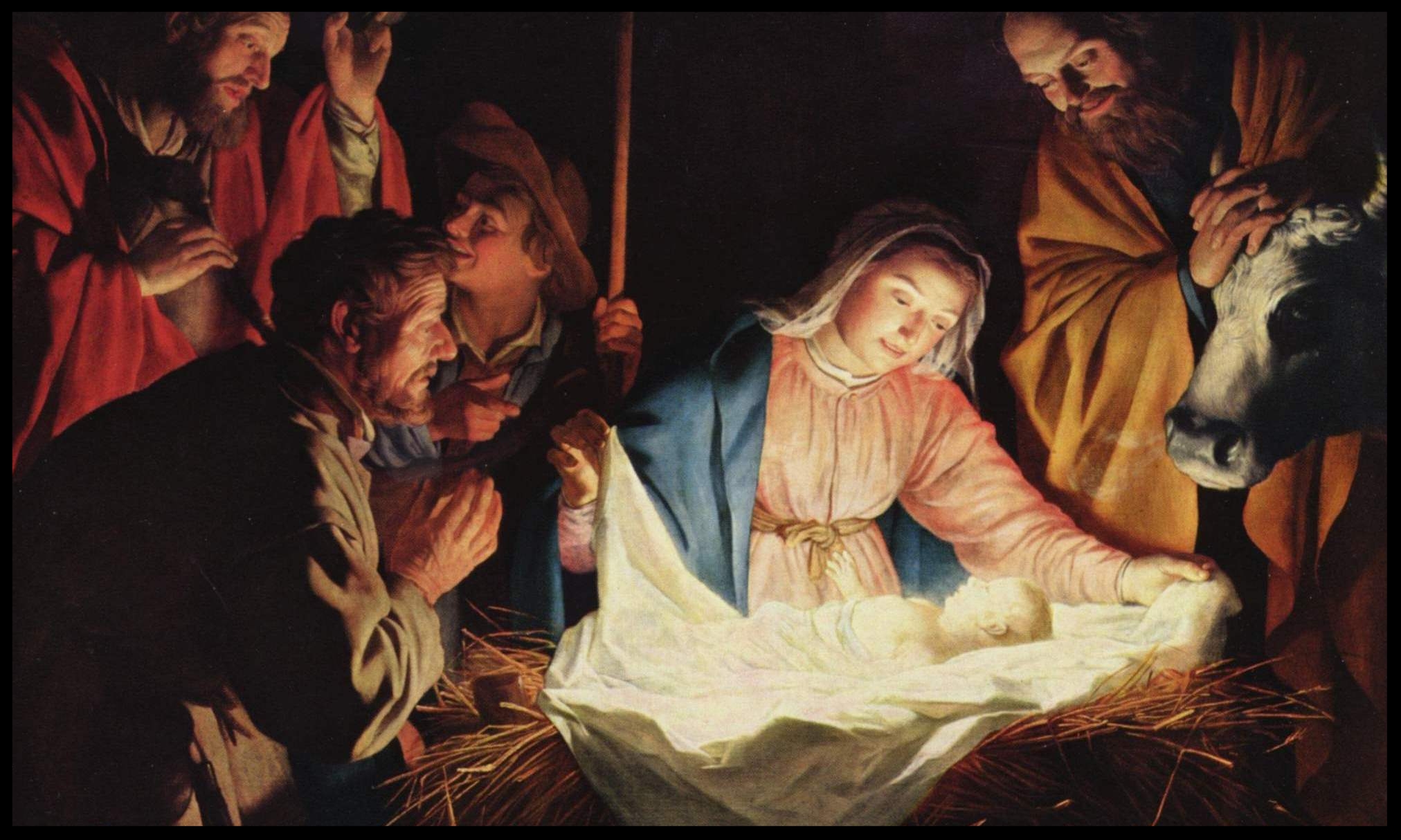
Martin Goodson
The Zen Gateway Christmas Essay 2021
As with the birth of Jesus, Buddhism and Zen Buddhism also have stories of major figures having emerged from a miraculous birth. Martin Goodson explores what this might point too, and the role of consciousness in Buddhism.
 ©
©
In the recent podcast talk for Rohatsu Week 2021, I spoke about the subject of the miraculous birth of the Buddha and the mythic shape of this theme in the telling of ‘heroic’ stories.
According to the legend, Prince Gautama was born from his mother’s right side following a dream she, Queen Maya, had in which a white elephant entered her left side shortly before she fell pregnant.
This feature of portents or miraculous events surrounding the birth of exceptional beings is also a feature in the Zen tradition too. As scholar Randolph Whitfield points out in his translation of The Records of the Transmission of the Lamp ( Jingde Chaundeng Lu), there are several such portents around the birth of important persons within the Chan/Zen lineage itself.
The same is true also in the story of the birth of Jesus Christ; an angel visits his mother Mary and foretells her role in the birth of God’s son. An angel visits some shepherds and guides them to the stable. Meanwhile a star leads Three Magi to visit the Holy Family.
As explained in the podcast, the American mythologist and storyteller, Joseph Campbell suggests this motif should not be mistaken for a literal or physical birth but a spiritual one. The fact of it being ‘impossible’ being the pointer to this fact. The podcast talk goes on to explain how this spiritual birth can be seen as the awakening of a particular type of consciousness, which is key to full spiritual awakening, or in Buddhist parlance, ‘Enlightenment’.
In Buddhist psychology, consciousness - that which ‘knows’ - has several technical terms associated with it.
vijñana: Sense consciousness, this is the collective term for the consciousnesses connected to the six sense bases (five physical and the sixth being cognition of mental objects).
The etymology of this term can be used generically to refer to ‘mind’, ‘intelligence’, ‘knowledge’. However, it can also refer to ‘life-force’ or the animating principle of matter.
This might surprise us as we tend to view consciousness as something that arises or ‘emerges’ from matter - what is known as the ‘hard’ problem of consciousness in Western thought. If we are acquainted with early Buddhist thought, then we should not be surprised by this as the first sentence of the first verse from the Dhammapada says:
Mind precedes all knowables, mind’s their chief, mind-made are they.
(The Illustrated Dhammapada by Ven. Weagoda Sarada Maha Thero, 1993)
Although this term ‘Mind’ is a translation of ‘mano’, vijñana is used synonymously as is citta for the same.
What is also notable is that whereas we might think of sense consciousness as a passive function - i.e. we ‘take in’ sense data, in Buddhist thought vijñana is productive, creative and with agency.
In addition to vijñana we also have sati (pali) or smrti (sanskrit). This term is often rendered in English as ‘mindfulness’ or ‘awareness’. What is it that sati/smrti is aware of? It is aware of vijñana. This is also conveyed in the translation into Chinese as nian. As Wikipedia puts it:
This Chinese character nian 念 is composed of jin 今 "now; this" and xin 心 "heart; mind”.
(Wikipedia: Sati - Buddhism)
With the advent of the ‘Mind-only’ or ‘Consciousness-only’ schools of Yogacara, the scheme of Mind/Heart was seen as encapsulating the world as object as well as the subjective perception of it.
It is this subjective part that is seen as both the place where the delusion of a separate ‘I’ arises and the place where the Buddha’s Enlightenment happens. Thus the ‘story’ of the birth of the baby Buddha and his development and path to the Bodhi tree is the story of the development of sati/smrti to a full realisation of reality, seeing things as they really are. At each point in the story we might ask: ‘What does it mean that awareness is confined to the parental palace by the king/father?’ etc.
With this in mind, the early life in the parental palace, exposure to the vicissitudes of life, the renunciation of the path that creates suffering, the search for spiritual liberation and the gradual stripping away of the obstacles to that liberation and realisation become a map or guidebook for those of us who choose to follow in the Buddha’s footsteps.
This story is, like the Christian birth story, a story of hope and of compassion for all beings. It is also a way to be walked for Christian and Buddhist alike. It has pitfalls, temptations, ethical dilemmas and sacrifice on the way. In the end, though, it is about realising truth and the most profound nature of what it is to be human and how to live in relationship with the world.
Perhaps we can reflect upon this message at this time of year, as we draw to the end of 2021 and recognise that the message of the Buddha’s early life is not unknown to those of us who were brought up in the Christian West.
From all of us at The Zen Gateway, we wish you a Merry Christmas and a Happy continuation along the Buddha’s Way in 2022.




